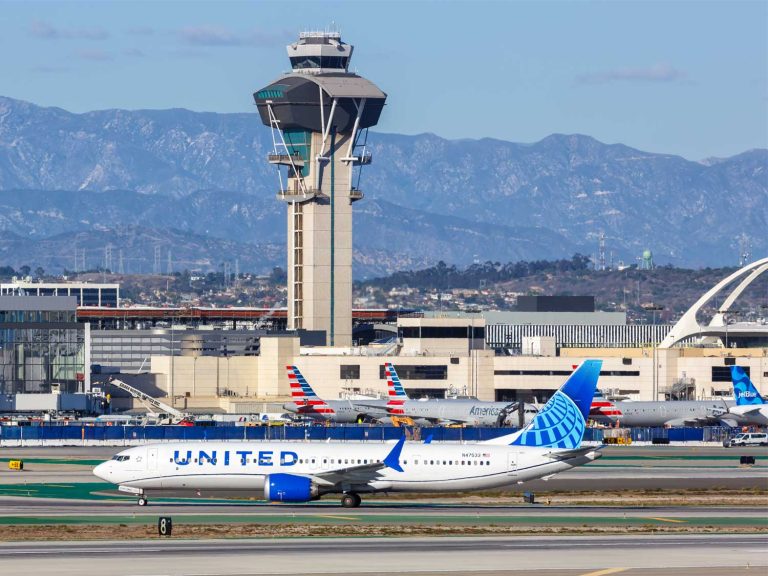
Date:
Air cargo demand defies regulatory uncertainty
In the final week of January, just before Lunar New Year, air freight spot rates continued their upward trend, rising 4% WoW and remaining 11% higher than 2024, supported by strong demand and tight capacity.
Market conditions remained resilient, with Asia-Pacific leading the growth as businesses rushed shipments before factory closures. While tonnages and spot rates have risen steadily in recent weeks (2% and 6%), comparisons to previous years are complicated by the earlier timing of Lunar New Year in 2025.
Asia Pacific to Europe volumes rebounded for a third consecutive week, approaching levels seen in mid-December. Similarly, demand on the transpacific route increased after a seasonal decline, with volumes and rates gradually strengthening. Despite some fluctuations, the market remains significantly stronger than last year, with rates holding firm and demand outpacing 2024 levels.
Regulatory headwinds create uncertainty
Despite a strong start to the year, regulatory developments in the US are introducing new challenges for air cargo. The shift toward protectionist policies has created uncertainty, particularly following the recent trade dispute with Colombia, where tariff threats were used as a negotiation tool. This approach signals a departure from predictable, rule-based trade agreements, raising concerns over future disruptions.
Uncertainty also surrounds changes to US de-minimis rules, which previously allowed low-value imports under $800 to enter tax-free. The exemption for Chinese goods has been suspended, a move expected to disrupt eCommerce shipments that have fuelled air cargo growth. Additionally, new filing requirements proposed by US Customs and Border Protection (CBP) would impose additional administrative burdens on cross-border eCommerce, impacting the more than 1.4 billion packages expected to enter the US this year.
Despite these concerns, industry experts believe the impact on consumer behaviour may be minimal, as the average value of eCommerce purchases is relatively low, suggesting that elevated eCommerce volumes may continue. While increased taxation could affect logistics costs, major policy shifts would require legislative approval, making immediate changes unlikely.
Outlook
While demand is still slightly below December’s peak, it has surpassed October levels, suggesting continued resilience. Over the past five weeks, available cargo capacity has increased across all major regions, with Europe and North America experiencing the most significant growth. Chargeable weight trends varied by region, with notable year-on-year increases in Asia Pacific and Africa, while other regions remained relatively stable.
Industry leaders emphasise the need for agility in navigating shifting trade policies, drawing parallels to the Year of the Snake, which symbolises adaptability. While challenges remain, the consensus is that air cargo demand will remain strong into 2025, with the market well-positioned to weather logistical and regulatory changes.
Metro’s airfreight, charter, and sea/air solutions strike the perfect balance of speed, cost-efficiency and resilience for time-sensitive, urgent and high-value shipments.
With block space agreements (BSA) and capacity purchase agreements (CPA) in place, we secure priority access to space and competitive rates on the busiest trade lanes.
Whatever you’re shipping, our expertise and strategic carrier partnerships keep your cargo moving—on time and within budget.
Stay ahead in a volatile market. EMAIL Elliot Carlile, Operations Director, today to explore how Metro can support your business.
